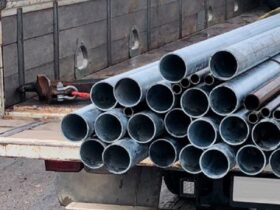During the construction of a new house or overhaul of housing, the issue of optimal arrangement of heating equipment is solved at the very initial stage along with the design of plumbing work. If, for certain reasons, you decide to refuse the services of specialized organizations and make a heating system yourself, questions may arise with the choice and placement of radiators.
In most cases, as we see in houses built in Soviet times, steel radiators or the so -called “batteries” are installed under the windows. Thus, not only the space in the room is saved, but a certain heat curtain is created – light warm air rises up and blocks the cold, emanating from the cooled window. Often for the sake of stylish design, radiators are closed with decorative panels, forgetting, apparently, that the heat is blocking free exit, and the thicker the grill, the colder the room.
The most difficult thing, it turns out, choose the radiator of the desired power. In order to calculate the optimal option, various influencing factors should be taken into account, such as the area of the room and the area of the window openings, the height of the walls, the presence, area and thickness of the external walls in the room, as well as many other points. There is no doubt that for the proper calculations you can not do without specialists. But if you decide to do everything yourself, then one simple, albeit quite approximate, will come to the rescue: for one square meter – 100 watts (100 W/m). Now we think: 15 kV.m., For example, the squares, we multiply by 100 and get the calculated capacity of the radiator of 1500 W.
The principle of operation of heating systems











Оставить ответ